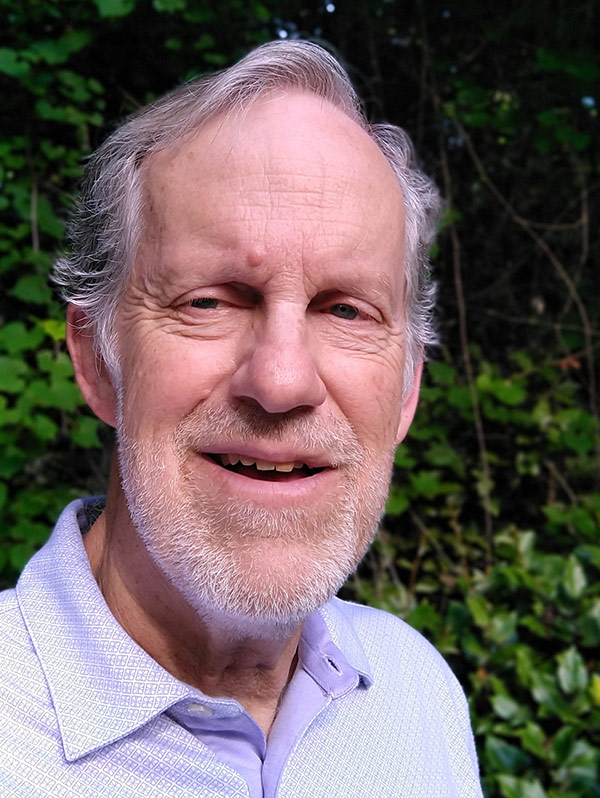Mark Phillips
(Ph.D. ’77, astronomy)

Born in San Diego, Mark earned an undergraduate degree in astronomy in 1973 at San Diego State University. After postdoctoral appointments at Cerro Tololo Inter-American Observatory (CTIO) in Chile and the Anglo-Australian Observatory in Australia, Mark joined the CTIO staff in 1982, where he eventually served as the CTIO assistant director from 1990–98. He moved to the Carnegie Observatories in 1998, serving as associate director for the Magellan Telescopes from 2006–2017, and director of the Las Campanas Observatory from 2014–2017.
Mark’s research initially focused on the active galactic nuclei of Seyfert galaxies and quasars (AGNs). He co-authored an influential paper in 1981 with Jack Baldwin and Roberto Terlevich, on the classification of the emission-line spectra of AGNs via so-called “BPT Diagrams.” In 1986, the appearance of SN 1987A, the first supernova visible to the naked eye since the invention of the telescope, provided Mark and his colleagues on the CTIO staff with a once-in-a-lifetime opportunity to obtain detailed observations of the death of a massive star.
In 1993, Mark published a seminal paper that led to a method to measure precise distances to thermonuclear Type Ia supernovae. With Mario Hamuy, José Maza, and Nick Suntzeff, he founded the Calán/Tololo Supernova Survey, which provided the first precise measurement of the expansion of the local universe using Type Ia supernovae. This work led to his participation in the High-Z Supernova Search Team, which, in 1998, discovered that the expansion of the universe is accelerating due to dark energy, and whose leaders, Brian Schmidt and Adam Riess, were awarded the 2011 Nobel Prize in Physics. For his part, Mark shared with the High-Z team the 2007 Gruber Cosmology Prize and the 2015 Breakthrough Prize for Fundamental Physics.
Quick Links

1156 High Street, Santa Cruz, CA 95064
Engage with UCSC

1156 High Street, Santa Cruz, CA 95064
- Accreditation
- Non-Discrimination Policy
- Privacy Policy & Terms of Use
- Sexual Violence Prevention & Response
©2019 Regents of the University of California.
All Rights Reserved.
